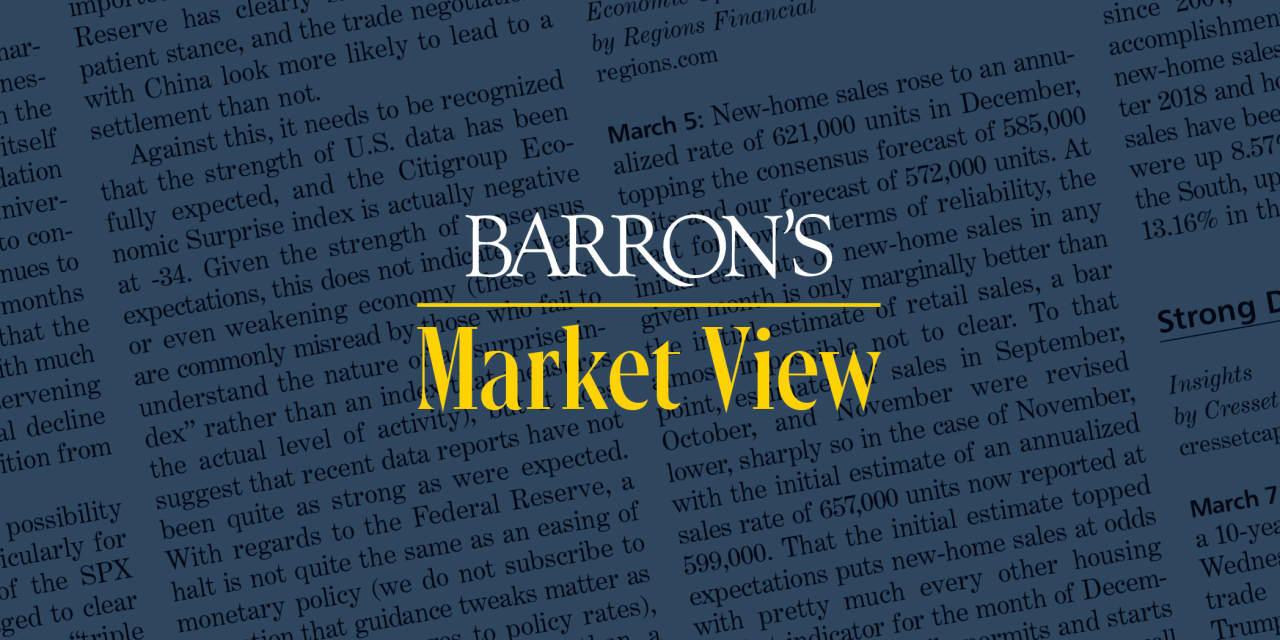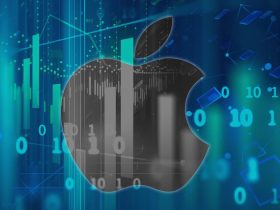This commentary was issued recently by money managers, research firms, and market newsletter writers and has been edited by Barron’s.
The Fed’s Big Mistake
MacroStrategy
Roth MKM
Sept. 29: The 10-year Treasury yield has soared to a new cycle high of 4.6%, about 130 basis points [1.3 percentage points] above its level this past spring. The rise has been traced out nearly “step for step” by the rise in the implied yield on the 36-month federal-funds future, which has rocketed more than 150 basis points since the spring. In other words, the market is pricing in a “higher for longer” scenario.
Is this inflationary? Not according to the breakdown of the yield components: Real rates account for more than 90% of the rise in the 10-year yield since the spring, while inflation compensation has risen 11 basis points on net over the same period. That’s remarkable considering the surge in oil prices that has occurred in parallel from just above $80 a barrel to $94.2 as of yesterday’s close.
With copper prices down more than 9% since the spring, the CRB metals index is off nearly 7% and the dollar is surging nearly 5%. The rise in oil prices looks like an adverse supply-side shock. A central bank that goes all in on “higher for longer” in the face of an adverse supply-side shock is one that will likely keep rates pinned at peak levels well after the cycle peak. This is how the “bust” phase of a boom-bust-cycle emerges.
Michael Darda
AI’s Coming Payday
UBS House View
UBS
Sept. 28: Tech stocks remained under pressure in September, with rising yields and mixed results weighing on performance. The
Nasdaq 100
index is trading around 8% below its July peak. The recent weakness provides a good opportunity to add exposure to artificial-intelligence leaders.
Among recent product announcements, software and applications providers are rolling out new co-pilots rapidly. Co-pilots are AI companion tools integrated within office-workflow software to boost employee productivity, performing tasks that range from finding information to creating content. The ability to charge additional monthly fees for co-pilot add-ons gives scope for rapid and scalable monetization.
Based on our previous estimate, we had expected the AI applications and models market to reach $170 billion in 2027, growing from $2.2 billion in 2022—a 139% compound annual growth rate. But given significant recent progress in the co-pilots space, our estimates could prove to be conservative. We expect AI conservatively to contribute around a fifth of the midteens earnings growth that we estimate in global tech next year.
Solita Marcelli and team
Real Estate Bargains
Q4 | 2023 Outlook
Nuveen
Sept. 28: We remain favorable toward public real estate, especially considering its underperformance—and attractive relative valuations—on the back of rising interest rates. Real estate fundamentals remain strong in most sectors, with especially bright outlooks for gaming REITs, senior housing, shopping centers, and data centers. We’re less constructive on the office sector.
Private infrastructure continues to benefit from solid fundamentals and supportive government policy. We prioritize assets with growth profiles that can better withstand discount-rate changes and repricing. Of particular interest are clean-energy generation and storage, infrastructure services in the transportation sector, and certain digital infrastructure assets.
Farmland is also an area of focus. We especially like crops supporting biofuels.
Justin Ourso, Jay Rosenberg
Gold-Conference Chatter
Adrian Day’s Global Analyst
Sept. 25: September is a major month in the gold-mining sector, with two back-to-back industry conferences in Colorado; first, up in the magnificent mountains at Beaver Creek for the juniors and exploration companies, and then on to the beautiful Broadmoor in Colorado Springs for the major producers….
One theme discussed by many of the investors at both conferences was the widening gap between the gold price—up 6% year to date—and the gold stocks, down 4%. With a handful of [exceptions], everyone assumes the gap would be closed by the gold stocks, now at low valuations, moving up.
But the gap could be closed by gold declining. In a global environment that has seen interest rates shoot up rapidly with continuing tightening in the outlook and a deteriorating economic environment, gold “should” be lower and has actually held up well. At last year’s conferences, gold was priced just over $1,600, so that’s a pretty good one-year return. In non-U.S. currencies, the performance is even greater.
However, the demand has been fairly well concentrated, led by central banks that have bought record amounts of bullion. The gold ETFs have seen net outflows for most of the past year. So, the possibility for gold to fall in the next few months, if the central banks pause buying for even a short period, is very real. As we go into next year, with stubborn inflation [and] a declining economy, the outlook for gold increases.
Adrian Day
S&P 500 Target: 4825
The Informed Investor
Piper Sandler
Sept. 19: The seasonally weak narrative for September is playing out as expected. Despite renewed macro headwinds, we view most 5%-15% pullbacks within the uptrends off their October 2022 and year-to-date lows as buying opportunities.
Next year is the fourth year of the presidential cycle in the U.S., and a historical look back suggests that down years during election years are also rare events. There are only four occurrences (1932, 1940, 2000, and 2008). It is even rarer to have a negative return in an election year and a recession. That has only occurred twice (1932 and 2008).
The weight of the technical evidence supports our positive outlook for equities over the intermediate term, and we reiterate our S&P 500 year-end price objective of 4825.
Craig W. Johnson, Scott K. Smith
To be considered for this section, material, with the author’s name and address, should be sent to MarketWatch@barrons.com.
Read the full article here













Leave a Reply